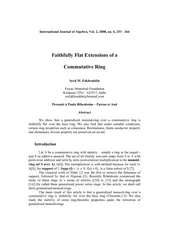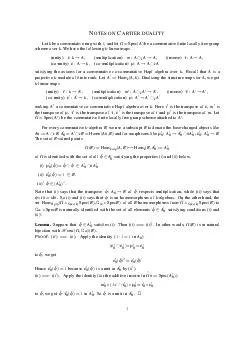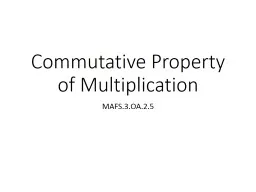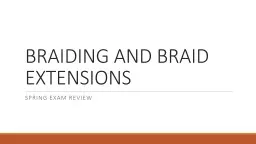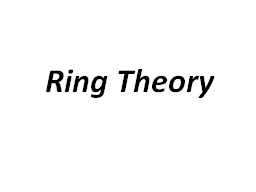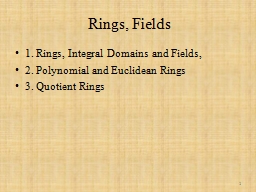PDF-Faithfully flat extensions of a commutative ring
Author : mitsue-stanley | Published Date : 2017-08-24
M Fakhruddin Hereafter all monoids in this article satisfy condition D brPage 3br Faithfully flat extensions of a commutative ring o o M57347p p o 573474 57347573475734757347573475734757347573
Presentation Embed Code
Download Presentation
Download Presentation The PPT/PDF document "Faithfully flat extensions of a commutat..." is the property of its rightful owner. Permission is granted to download and print the materials on this website for personal, non-commercial use only, and to display it on your personal computer provided you do not modify the materials and that you retain all copyright notices contained in the materials. By downloading content from our website, you accept the terms of this agreement.
Faithfully flat extensions of a commutative ring: Transcript
Download Rules Of Document
"Faithfully flat extensions of a commutative ring"The content belongs to its owner. You may download and print it for personal use, without modification, and keep all copyright notices. By downloading, you agree to these terms.
Related Documents

